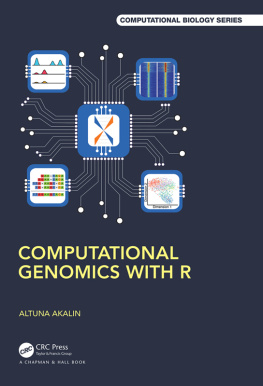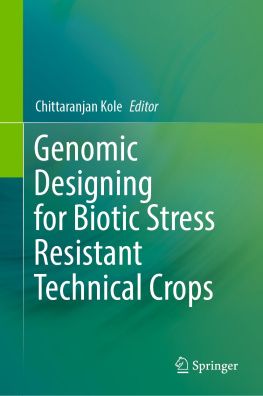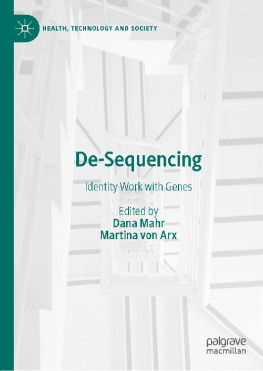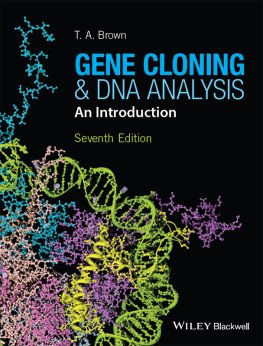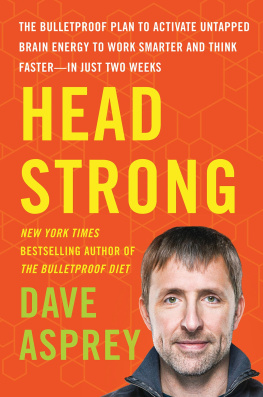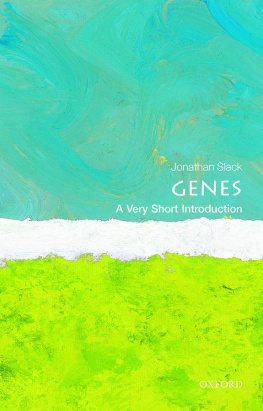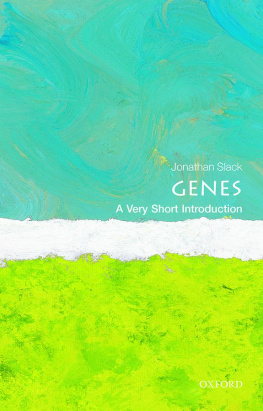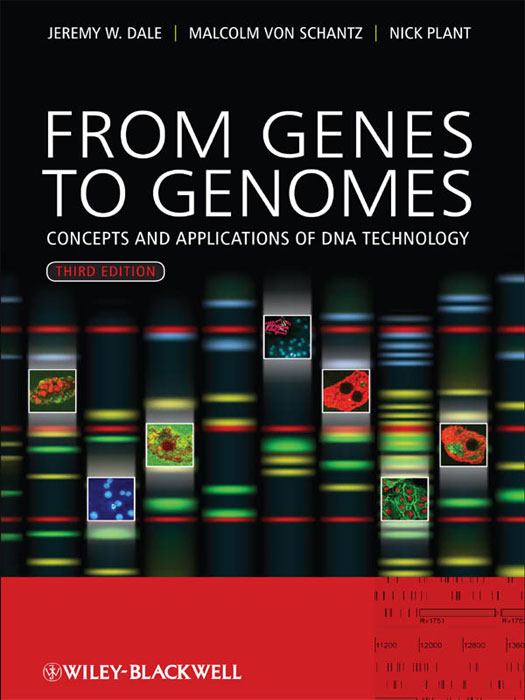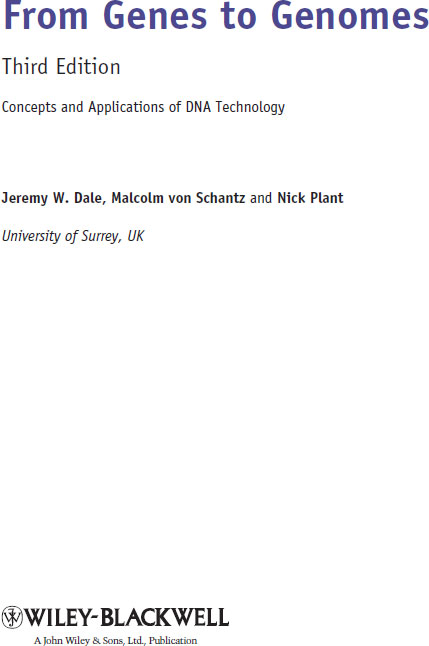This edition first published 2012
2012 by John Wiley & Sons, Ltd.
Wiley-Blackwell is an imprint of John Wiley & Sons, formed by the merger of Wiley's global Scientific, Technical and Medical business with Blackwell Publishing.
Registered office
John Wiley & Sons, Ltd, The Atrium, Southern Gate, Chichester, West Sussex, PO19 8SQ, UK
Editorial offices
9600 Garsington Road, Oxford, OX4 2DQ, UK
The Atrium, Southern Gate, Chichester, West Sussex, PO19 8SQ, UK
111 River Street, Hoboken, NJ 07030-5774, USA
For details of our global editorial offices, for customer services and for information about how to apply for permission to reuse the copyright material in this book please see our website at www.wiley.com/wiley-blackwell .
The right of the author to be identified as the author of this work has been asserted in accordance with the UK Copyright, Designs and Patents Act 1988.
All rights reserved. No part of this publication may be reproduced, stored in a retrieval system, or transmitted, in any form or by any means, electronic, mechanical, photocopying, recording or otherwise, except as permitted by the UK Copyright, Designs and Patents Act 1988, without the prior permission of the publisher.
Designations used by companies to distinguish their products are often claimed as trademarks. All brand names and product names used in this book are trade names, service marks, trademarks or registered trademarks of their respective owners. The publisher is not associated with any product or vendor mentioned in this book. This publication is designed to provide accurate and authoritative information in regard to the subject matter covered. It is sold on the understanding that the publisher is not engaged in rendering professional services. If professional advice or other expert assistance is required, the services of a competent professional should be sought.
Library of Congress Cataloging-in-Publication Data
Dale, Jeremy, Professor.
From genes to genomes : concepts and applications of DNA technology / Jeremy W. Dale, Malcolm von Schantz, and Nick Plant. 3rd ed.
p. ; cm.
Includes bibliographical references and index.
ISBN 978-0-470-68386-6 (cloth) ISBN 978-0-470-68385-9 (pbk.)
I. Schantz, Malcolm von. II. Plant, Nick. III. Title.
[DNLM: 1. Genetic Engineering. 2. Cloning, Molecular. 3. DNA, Recombinant. QU 450]
LC classification not assigned
660.65dc23
2011030219
A catalogue record for this book is available from the British Library.
This book is published in the following electronic formats: ePDF 9781119953159; ePub 9781119954279; Mobi 9781119954286
Preface
The first edition of this book was published in 2002. By the time of the second edition (2007) the emphasis had moved away from just cloning genes, to embrace a wider range of technologies, especially genome sequencing, the polymerase chain reaction and microarray technology. The revolution has continued unabated, indeed even accelerating, not least with the advent of high-throughput genome sequencing. In this edition we have tried to introduce readers to the excitement engendered by the latest developments but this poses a considerable challenge. Our aim has been to keep the book to an accessible size, so including newer technologies inevitably means discarding some of the older ones. Some might maintain that we could have gone further in that direction. Some methods that have been kept are no longer as important as they once were, and maybe there is an element of sentimentality in keeping them but there is some virtue in retaining a balance so that we can maintain a degree of historical perspective. There is a need to understand, to some extent, how we got to the position we are now in, as well as trying to see where we are going.
The main title of the book, From Genes to Genomes , is derived from the progress of this revolution. It also indicates a recurrent theme within the book, in that the earlier chapters deal with analysis and investigation at the level of individual genes, and then later on we move towards genome-wide studies ending up with a chapter directed at the whole organism.
Dealing only with the techniques, without the applications, would be rather dry. Some of the applications are obvious recombinant product formation, genetic diagnosis, transgenic plants and animals, and so on and we have attempted to introduce these to give you a flavour of the advances that continue to be made, but at the same time without burdening you with excessive detail. Equally important, possibly more so, are the contributions made to the advance of fundamental knowledge in areas such as developmental studies and molecular phylogeny.
The purpose of this book is to provide an introduction to the concepts and applications of this rapidly moving and fascinating field. In writing it, we had in mind its usefulness for undergraduate students in the biological and biomedical sciences (who we assume will have a basic grounding in molecular biology). However, it will also be relevant for many others, ranging from research workers and teachers who want to update their knowledge of related areas to anyone who would like to understand rather more of the background to current controversies about the applications of some of these techniques.
Jeremy W. Dale
Malcolm von Schantz
Nick Plant
From Genes to Genomes
1.1 Introduction
The classical approach to genetics starts with the identification of variants that have a specific phenotype , i.e., they differ from the wildtype in some way that can be seen (or detected in other ways) and defined. For Gregor Mendel, the father of modern genetics, this was the appearance of his peas (e.g., green versus yellow, or round versus wrinkled). One of the postulates he arrived at was that these characteristics assorted independently of one another. For example, when crossing one type of pea that produces yellow, wrinkled peas with another that produces green, round peas, the first generation (F) are all round and yellow (because round is dominant over wrinkled, and yellow is dominant over green). In the second (F) generation, there is a 3 : 1 mixture of round versus wrinkled peas, and independently a 3 : 1 mixture of yellow to green peas.
Of course Mendel did not know why this happened. We now know that if two genes are located on different chromosomes, which will segregate independently during meiosis, the genes will be distributed independently amongst the progeny. Independent assortment can also happen if the two genes are on the same chromosome, but only if they are so far apart that any recombination between the homologous chromosomes will be sufficient to reassort them independently. However, if they are quite close together, recombination is less likely, and they will therefore tend to remain associated during meiosis. They will therefore be inherited together. We refer to genes that do not segregate independently as linked ; the closer they are, the greater the degree of linkage, i.e., the more likely they are to stay together during meiosis. Measuring the degree of linkage ( linkage analysis ) is a central tool in classical genetics, in that it provides a way of mapping genes, i.e., determining their relative position on the chromosome.
Bacteria and yeasts provide much more convenient systems for genetic analysis, because they grow quickly, as unicellular organisms, on defined media. You can therefore use chemical or physical mutagens (such as ultraviolet irradiation) to produce a wide range of mutations, and can select specific mutations from very large pools of organisms remembering that an overnight culture of Escherichia coli will contain some 10 bacteria per millilitre. So we can use genetic techniques to investigate detailed aspects of the physiology of such cells, including identifying the relevant genes by mapping the position of the mutations.



